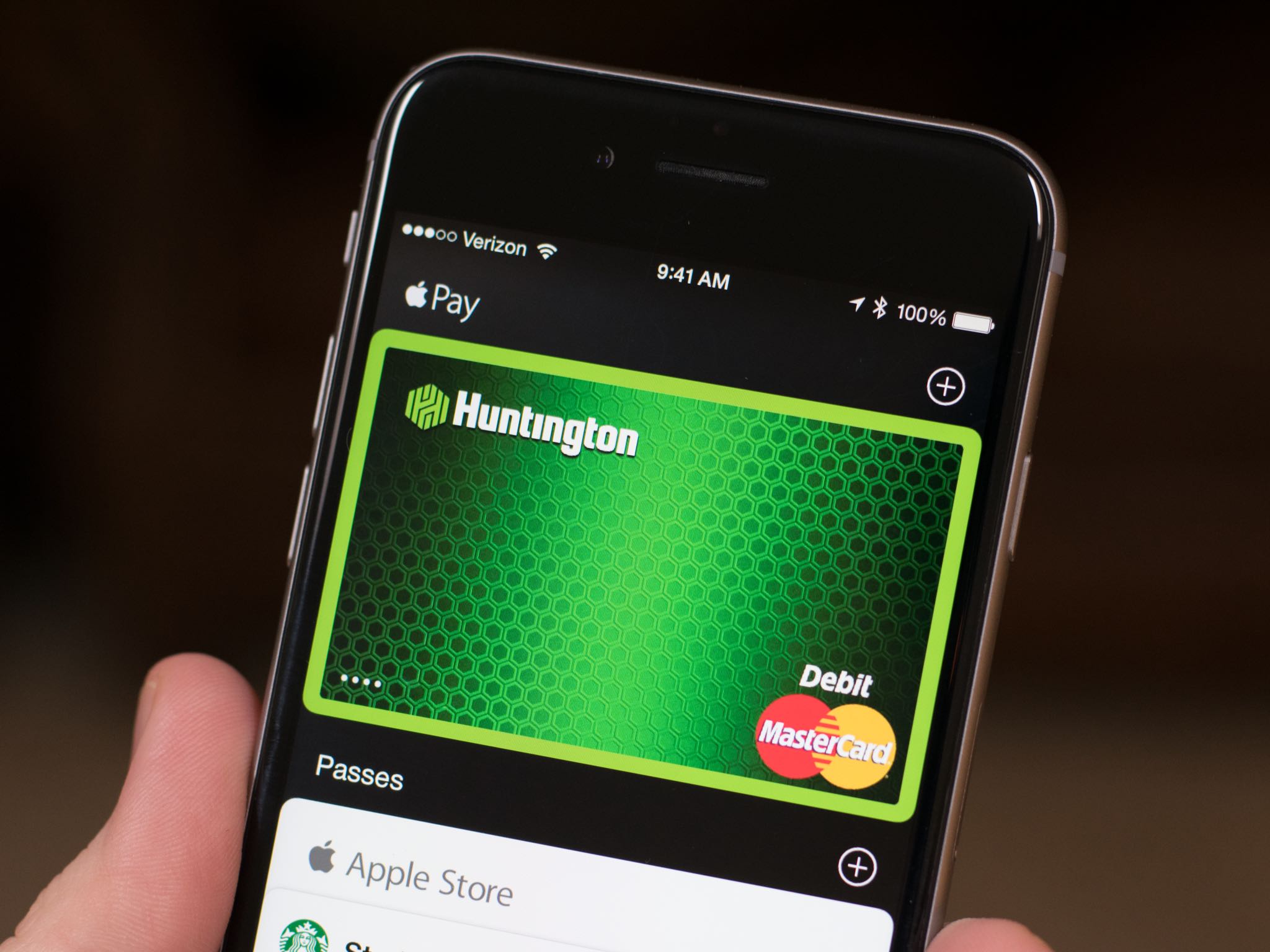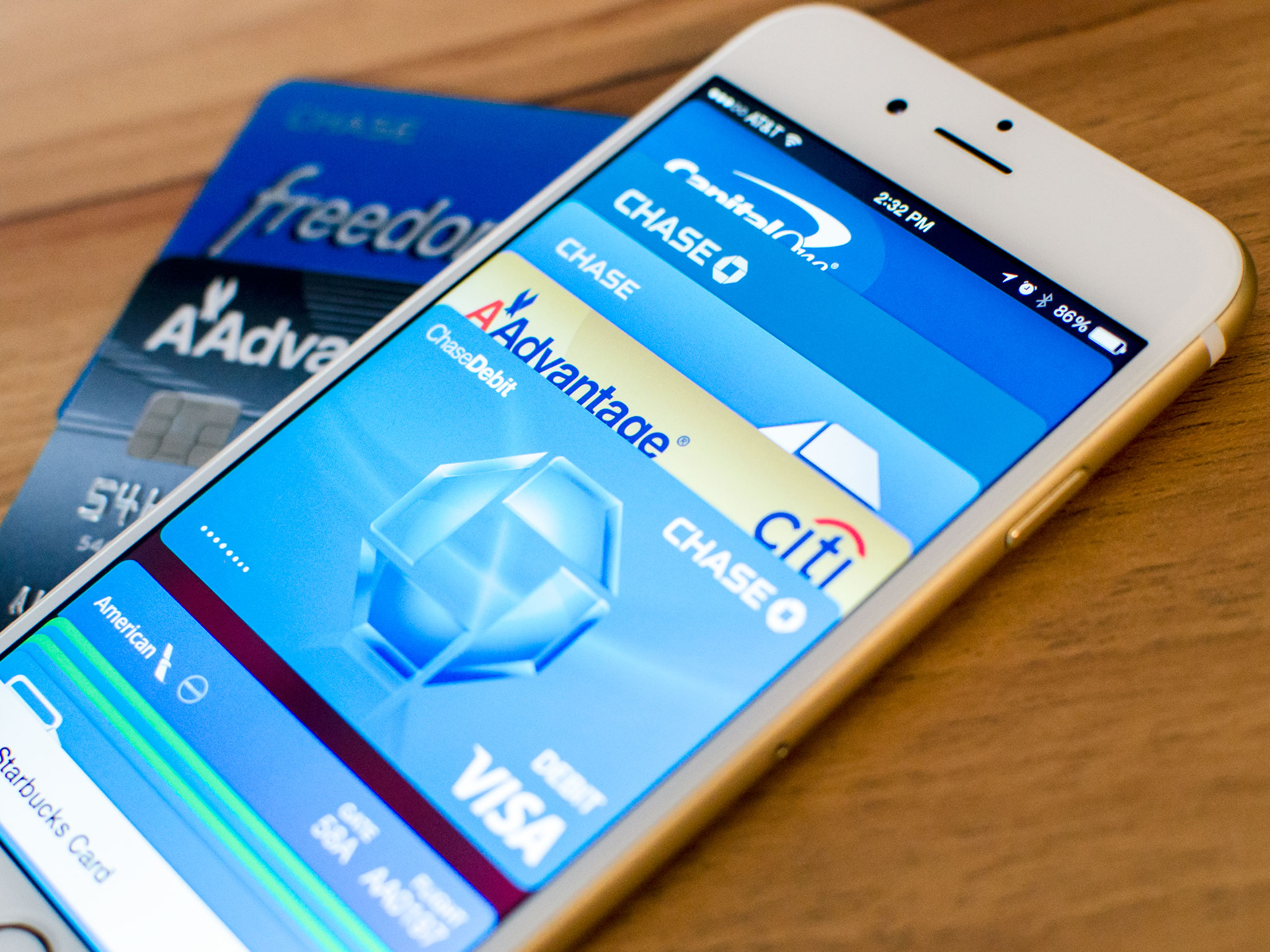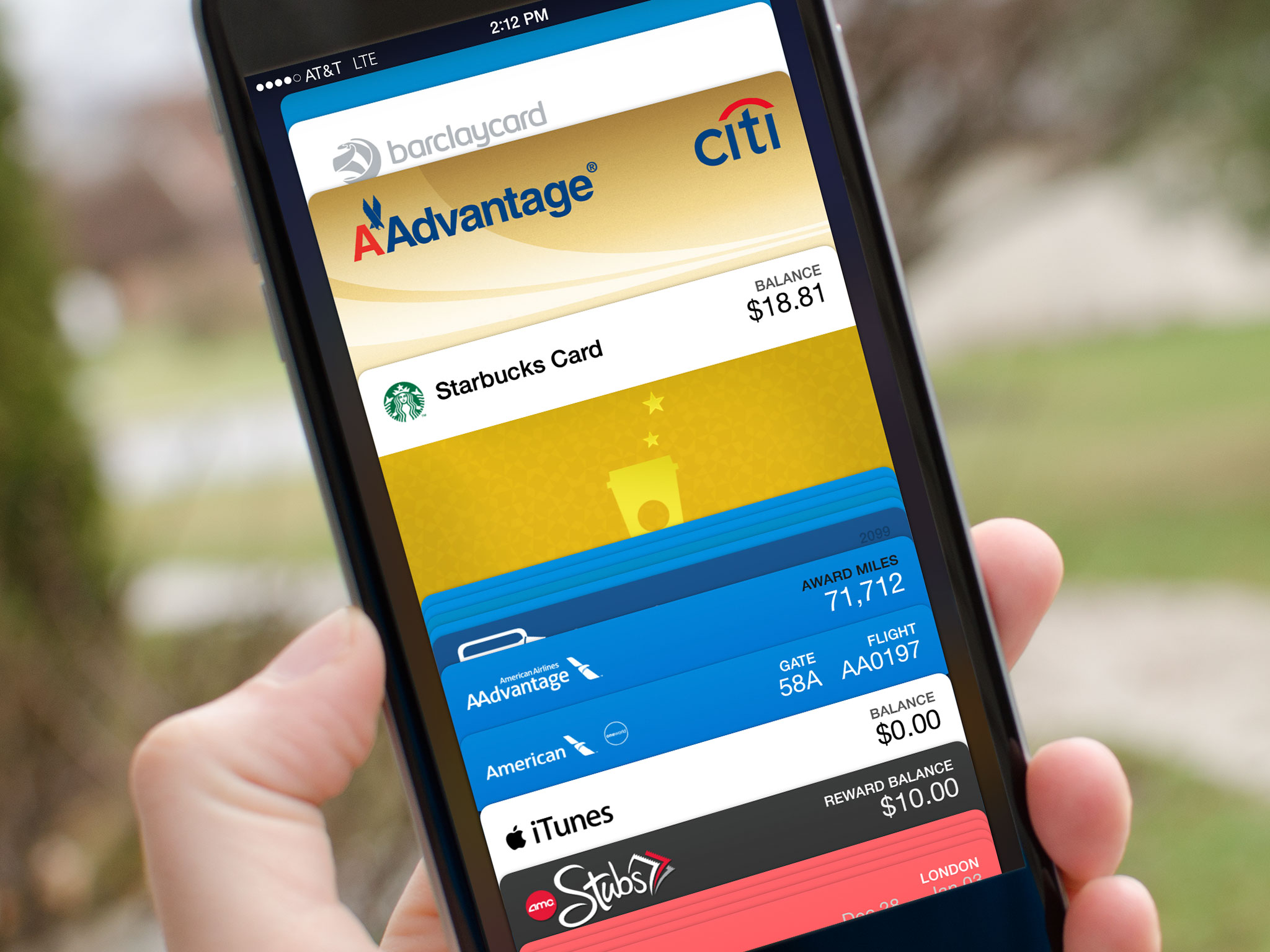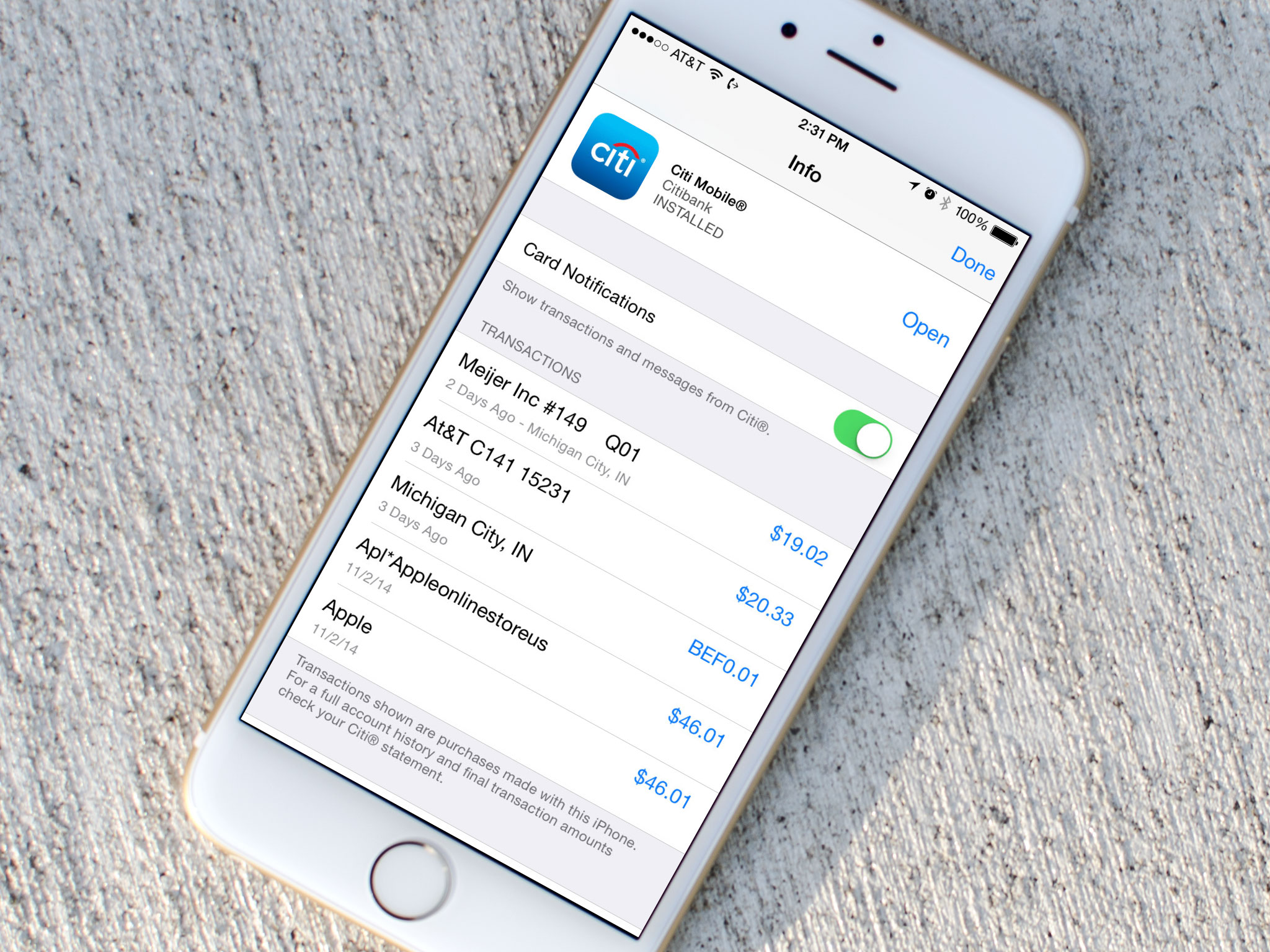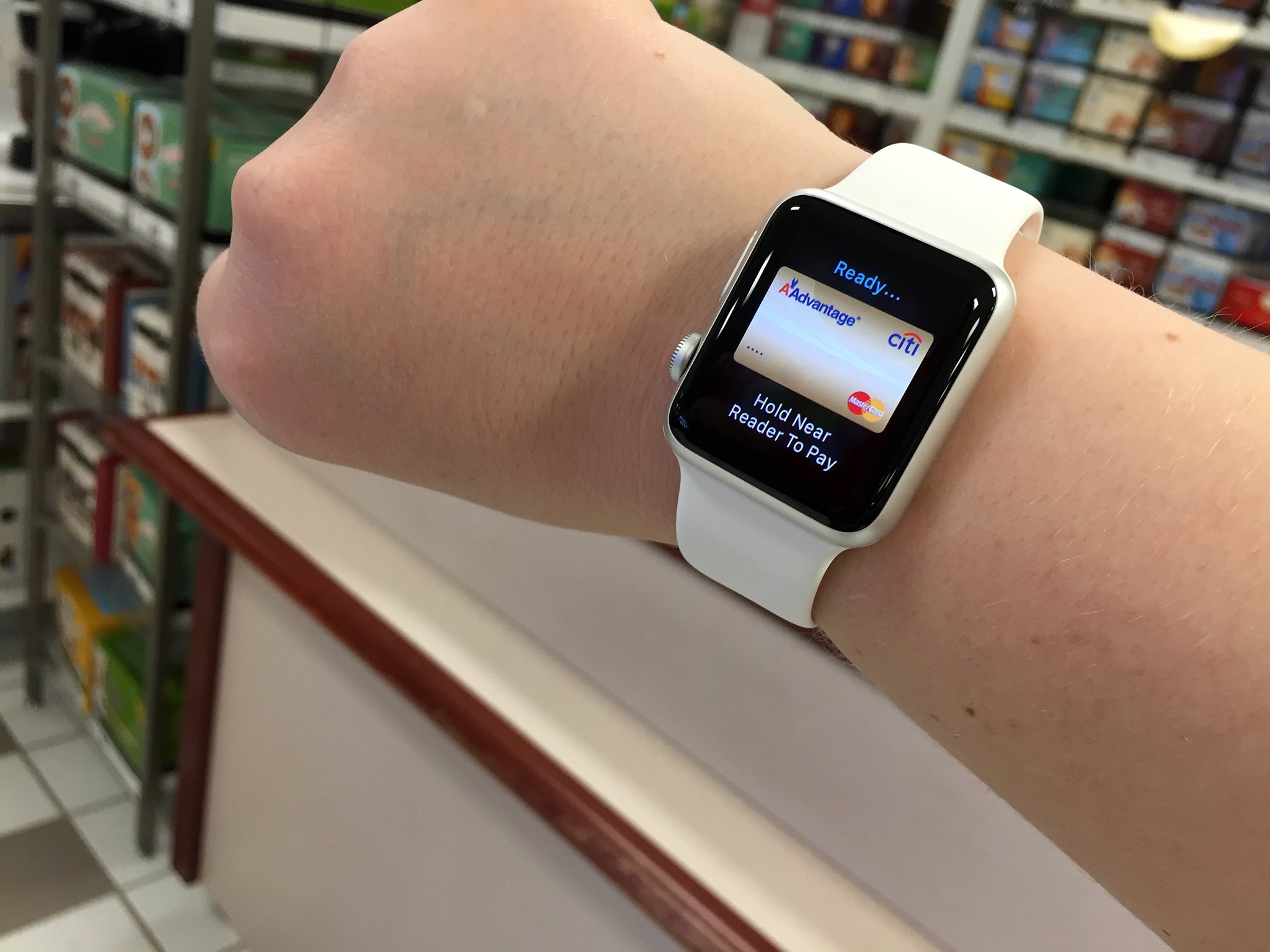![]()
Last week, I received an all-too-familiar call: One of our credit cards had been used to make a fraudulent transaction.
Card fraud is a huge problem that generates billions of dollars of losses every year. It affects businesses, banks and consumers alike. It's never convenient to get this call and the subsequent cancelation of the account, but this one was worse than most: my wife was out of town on a business trip and I was on a dog walk.
Luckily, my spouse had a backup card in her purse and could use it for the remainder of her trip. I, on the other hand, didn't have another card—and I was on my way to the market to buy dinner. My fingers were crossed that the meager amount of cash in my pocket would be able to cover the charges.
After picking out some meat, vegetables, and beer, I headed to the checkout line. Worst case, I could do without the alcohol if I went over my cash on-hand.
Of course... I'm also the kind of person who likes to experiment with new technology. And, since I had my iPhone in my pocket, I decided to see what Apple Pay would do with a cancelled credit card.
I held my phone up to the reader and... it worked flawlessly.
At that point, I figured I was just in a lull between the main account closing and the changes propagating to the Apple Pay device account. I had only made the transaction about five minutes after the card was cancelled, after all. Either way, the payment hadn't been declined and I had my beer. Woo-hoo!
Automagically secure
The next morning, however, while going through my email, I saw an automated message from Citicard AAdvantage that explained what had happened the previous evening:
![]()
I don't need to do anything further! For any consumer who's experienced card fraud, this is a huge benefit to Apple Pay.
My family buys a lot of goods online. As someone who works at home, it's a lot more convenient to have things delivered: I'm rarely in the car and near a store. Unfortunately, that also means we see fraud a couple of times each year.
When the card number changes, you have to remember all the places you have a card number stored in a website database. Then you have to go to those sites, one by one, and change them all. So you visit the Netflix site, look up a password you use infrequently, and find where to update your payment information. And then do it at Amazon. And then iTunes. And then for your toll road transponder. And then for your pills. And a few more times after that.
There's another subtle thing that happens to merchants when a card number goes bad: Sometimes online databases don't get updated with new information. I've let subscriptions and other recurring payments lapse because I can't be bothered to figure out how to navigate a byzantine website. I'm sure other services have ended because the merchant sent me an email telling me to update my information, and that message ended up in a SPAM folder, never to be seen again.
So when my card provider tells me that I "don't need to do anything further", they're telling me that I get a little extra free time on the weekend to avoid a mind-numbingly repetitive task. Apple Pay, FTW!
Apple Pay-only
This situation also has major ramifications for merchants: I am now actively seeking out businesses that support Apple Pay because it makes my life a lot easier. Everyone I've told about my experience last week has had the same response: "That's awesome!"
The first time you experience this seamless transfer of your accounts with Apple Pay, you're going to want it everywhere you purchase goods and services. That, combined with very positive word-of-mouth, is going to make entering a card number feel very antiquated. And I suspect this change will come about very quickly.
One thing I've noticed about Apple Pay is that it's being adopted quickly by smaller merchants: The pet store down the street started offering it the first month after it was released. They use an iPad connected to a card reader, so I suspect it was easy for them.
Larger merchants will need time to update more complex systems. The most glaring omission during this weekend's "update all the cards" activity was iTunes: Yes, Apple's media marketplace doesn't support its own payment system. It's odd that App Store updates are suspended because of card verification when that same device is already linked to an updated account.
The seeds of change
We're seeing the beginning of a shift in who's inconvenienced by credit card fraud. Previously, the consumer had to deal with the fallout of a cancelled credit card number. Now, it's the merchants who have to update their payment systems.
Apple will almost certainly address the problem of using Apple Pay for iTunes, and smart companies will follow their lead when they realize that the temporary inconvenience of updating their payment collection system will benefit them in the long run. Consumers will learn quickly—as I did—that they don't want to deal with merchants who do things the old way.
At some point, this will have a snowball effect. When the majority of the purchases you make online are done securely with Apple Pay, spotting an instance of credit card fraud will be much easier. You'll know which merchant leaked your information and will never deal with them again. Eventually, a retailer that doesn't accept Apple Pay will be as popular as one who only accepts personal checks.
And from my experiences this past week, it can't happen soon enough.
